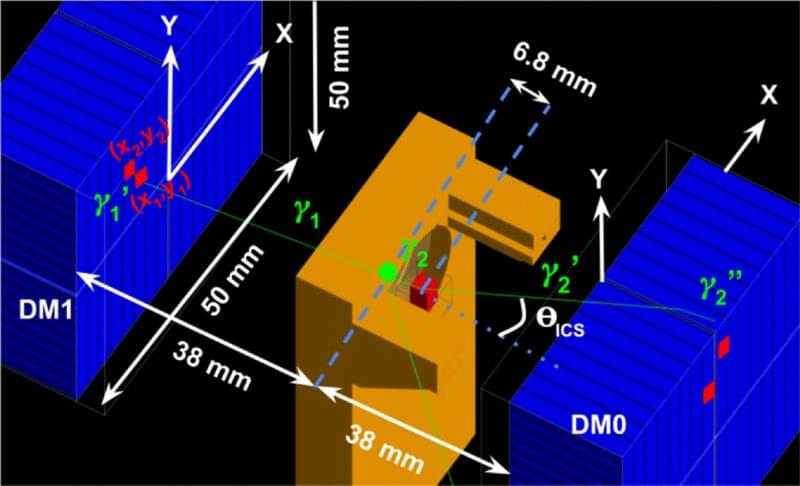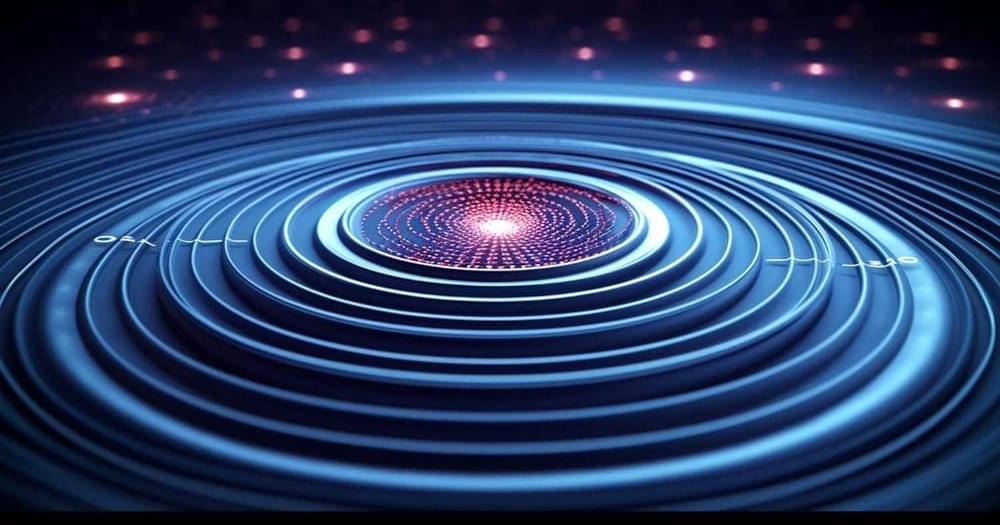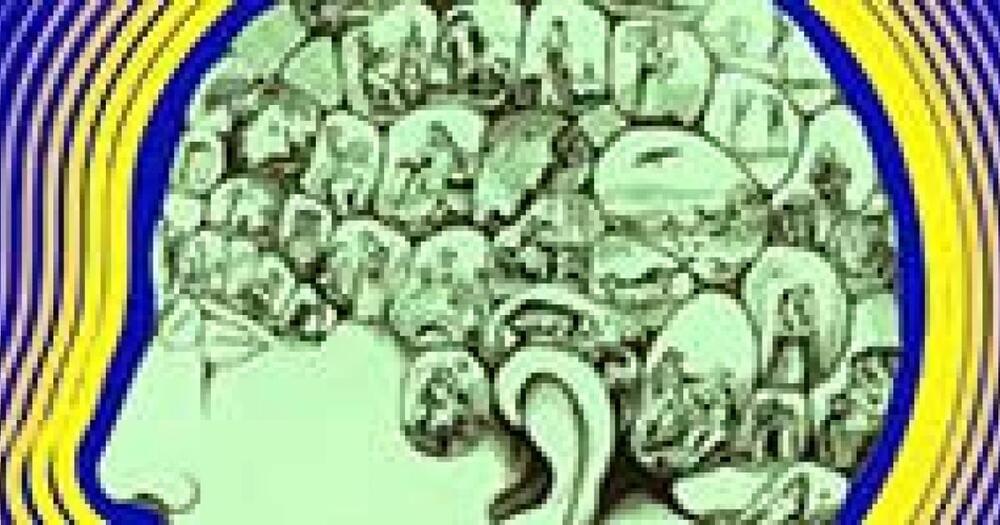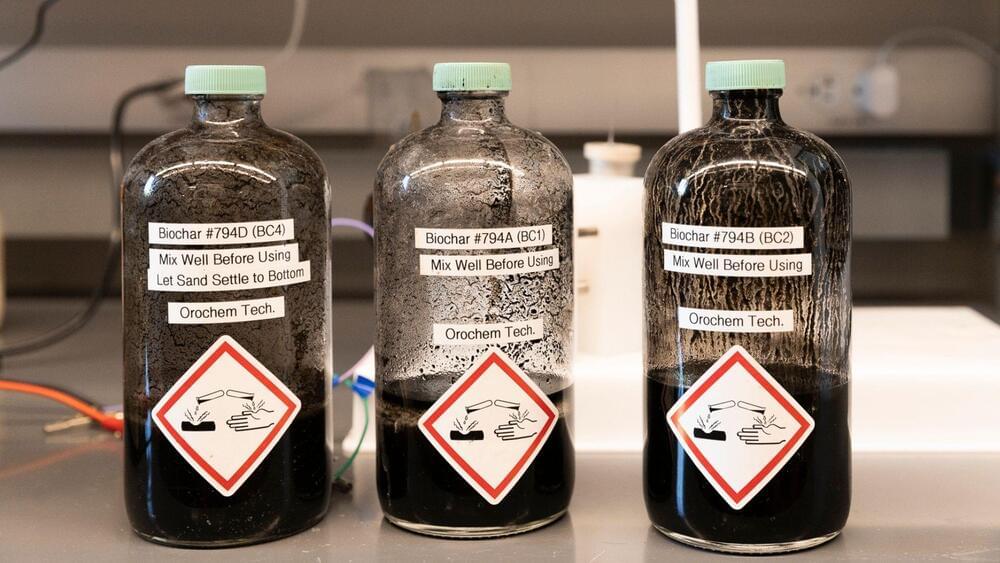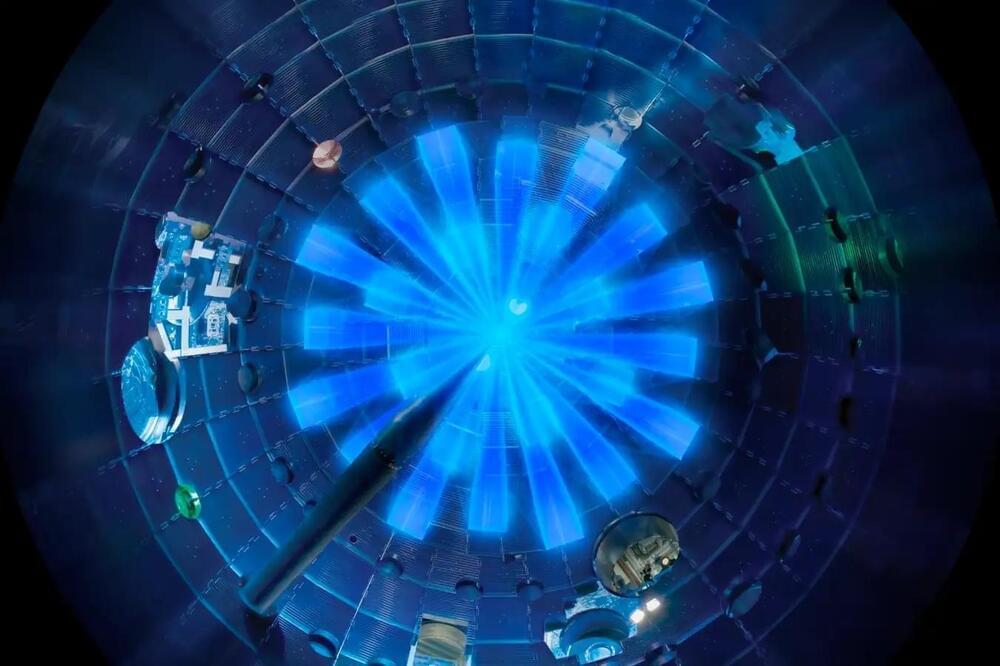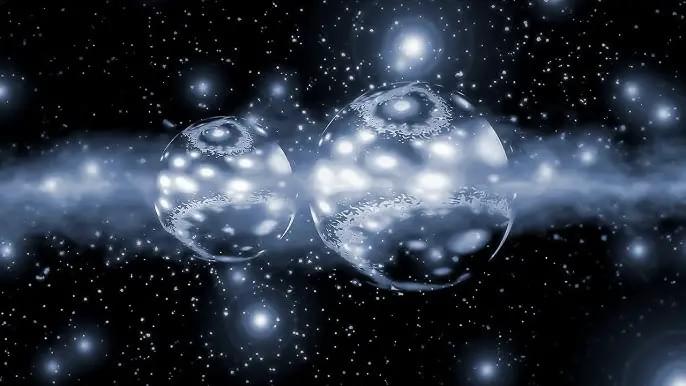
A quantum experiment revealed two observers can experience different, coexisting realities.
Our understanding of reality is often shaped by biases—our senses, cultures, and knowledge influence how we see the world. But even science, often regarded as a path to objective truth, may not always offer a single, consistent version of reality. A recent experiment testing a 1961 thought experiment by Nobel Prize winner Eugen Wigner highlights this issue, showing that two versions of reality can coexist in the quantum world.
Wigner’s Friend: The Thought Experiment Wigner’s thought experiment, known as “Wigner’s Friend,” explores a scenario in quantum mechanics where two observers can experience contradictory realities. The setup involves a quantum system, such as a photon with two possible polarizations (horizontal or vertical), that exists in a state of superposition, meaning both states exist at the same time until measured.
